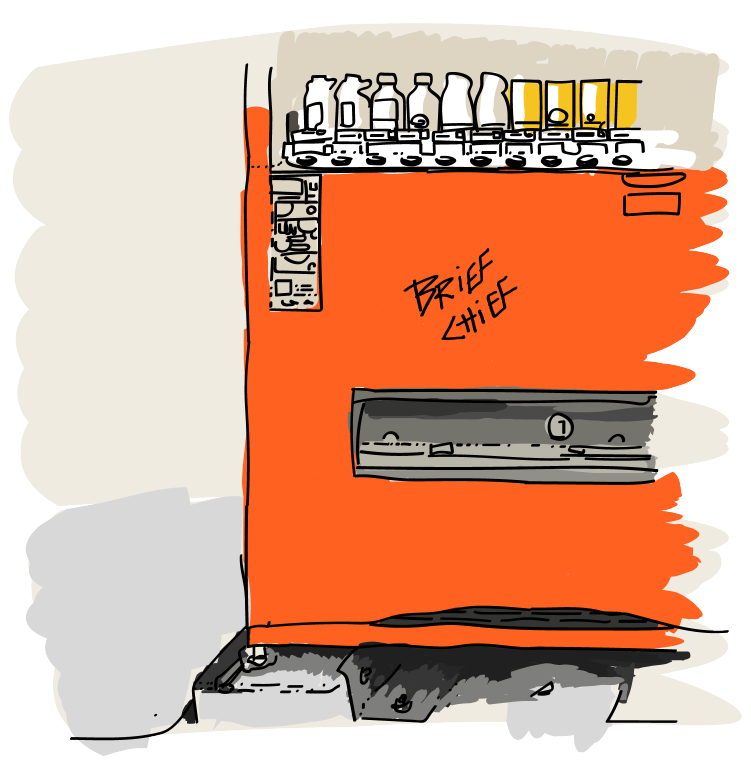How to write a really good brief
15 Aug 2022
Written by
Madeleine Baud
Copywriter / Brand StrategistWe’ve seen a lot of creative and design briefs. They’re the beginning of every project, no matter the client, team, or deliverables. For some, they’re second nature, but for others, writing briefs is like writing in another language.
Do you struggle with writing briefs? Check out our top 5 tips for writing a (really good) brief.
1. Start with the problem
Where possible, try to be open about the solution. You might think you want a new landing page and then discover, halfway through the project, that what you really needed was a brand awareness campaign.
Try to avoid jumping to the end result too early and, instead, think about the problem you’re trying to solve.
Instead of “We need a new website to sell more t-shirts”, try “Our t-shirt sales have declined, how might we use technology to create a better user experience for our customers?”
2. Pick a “Brief Chief”
Too many cooks spoil the brief. Nominate one person to be the brief owner (preferably someone who has a good, broad understanding of the project and the stakeholders), and trust them to summarise and translate information to create a concise, cohesive brief.
It can also be helpful to list your team and their roles and responsibilities, so we know where the information is coming from.

3. Be selective about reference materials
When it comes to information, it’s really a matter of quality over quantity. It’s tempting to send us everything, but too much “stuff” can obscure the really important insights.
It can be helpful to prioritise items in order of importance, and even to highlight important passages in text documents. Lastly, you don’t have to try and answer every possible question up front. Start with “just enough” information, and we’ll figure out what’s missing together.
4. Know your audience
If your audience is “everyone”, then unfortunately your audience is no-one. Of course you want to reach as many people as possible but, generally speaking, a strong message strategically targeted at a small number of people will perform better than a diluted message and a scattergun approach.
Think about your audience. Even better, talk to them. Who are they? What do they want? What’s stopping them from getting what they need?

5. Money, honey
The budget is so important. Believe us when we say, we’re not just in it for the money. We want to give you the best, most economical solution possible. The budget gives us the parameters within which we can establish scope, hours, resources etc.
It saves time, gives clarity and establishes expectations, so we’re all on the same page.

Still stuck?
Start with these questions:
- Why are you doing this project?
- What do you expect to achieve?
- What are the mandatories?
- When is the deadline?
- How will you measure success?
As always, if you have any questions, feel free to get in touch.


